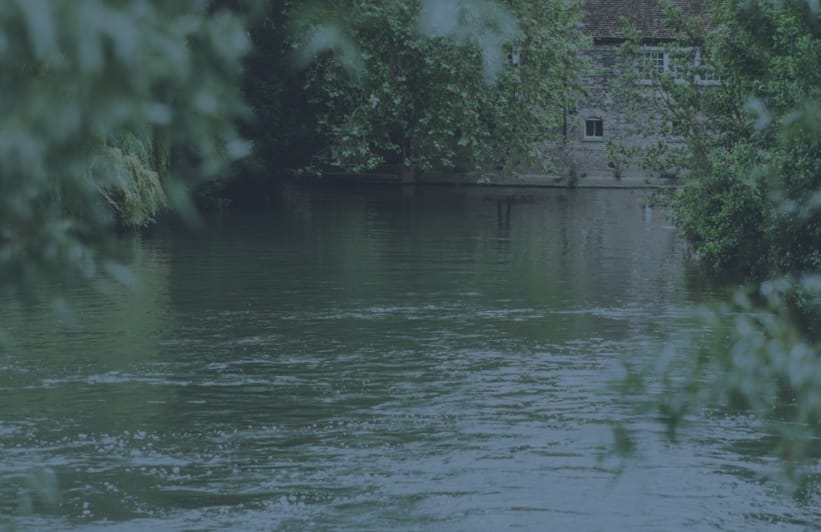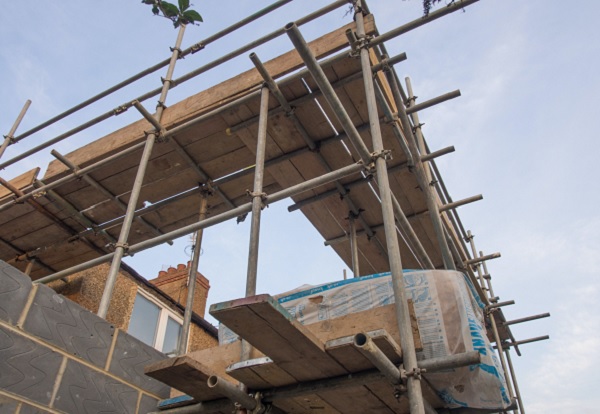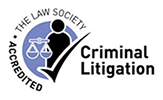…And the impact of Japanese knotweed
Japanese knotweed has been described as an invasive pest, causing difficulty for many property owners. It can cause severe damage, particularly to drains, paths, walls, conservatories and gardens, as well as undermining building foundations. Its presence can cut a property’s value by as much as 20%, and most mortgage lenders are unwilling to approve a loan on properties where the plant is present.
Identifying Japanese knotweed
Once present, knotweed is a long-term problem as it can lie dormant for up to 20 years, particularly after it has been exposed to poor herbicide treatment. It can be identified by the following characteristics:
- Produces fleshy red shoots when it first grows;
- Has a hollow stem which can grow to be up to 3m tall;
- Has green heart shaped leaves up to 20cm long and grow in a zig-zag pattern along the stem; and
- Produces clusters of small cream flowers.
Coupled with identifying the plant itself, five years ago the Environment Agency commissioned a new app to be developed called PlantTracker, to allow for invasive plants such as knotweed to be locatable. Over 20,000 individuals have downloaded the app allowing for over 6,000 knotweed locations to be identified. Areas of particular concentration are South Wales, London, the Midlands, Cornwall and Scotland’s central belt. Potential purchasers can use the app to enquire whether knotweed has been found in the area. However, there are limitations to this technology, just because the app does not show knotweed to be present does not mean it is not there, it simply means that it is yet to be reported. Therefore, the app should be used with discretion as a guideline, with further enquiries being necessary.
The legal responsibilities and implications of Japanese knotweed
It should be noted that it is not illegal to have knotweed on your land; however landowners are under a statutory obligation to be pro-active in its control and eradication. If you are unfortunate enough to find the plant on your land you have a responsibility to prevent it from spreading into the wild or causing a nuisance. It is advised that you do not try to dispose of it yourself as this is virtually impossible and can lead to further growth and land contamination. Rather, advice should be taken from the Invasive Non-Native Specialists Association (INNSA) or the Property Care Association (PCA) on local professional removal contractors. However, professional methods of extraction can be costly with excavation of the plant being in excess of £10,000 and chemical treatment of small commercial buildings or homes being within the range of £3,000 and £5,000.
If a neighbouring property is responsible for knotweed infringing on your land, then a Species Control Agreement can be entered into. Failure to action this agreement could result in a Species Control Order being issued under the Non-Native Species Code of Practice. Additionally, under the Anti-Social Behaviour, Crime and Policing Act 2014, local councils and police forces can now issue a Community Protection Notice, forcing those responsible to take action, and fining them if they remain ignorant.
The impact of Japanese Knotweed in practice
In a recent case involving Williams v Network Rail Infrastructure Ltd (2017) at Cardiff County Court held the rail company to be liable after Japanese knotweed spread from a railway embankment into the foundations of the neighbouring homes. The risk of physical damage to property ultimately leading to a reduction in value, coupled with the owners inability to sell due to lender resistance to finance against the affected properties, led to a judgement of private nuisance being made. Following this, Network Rail was ordered to pay £4,320 to each property owner to treat the knotweed and in addition £10,000 each in compensation for the reduction in value of their properties.
This case highlights the seriousness of knotweed being situated on both the landowners’ property and also neighbouring land. Network Rail’s failure to manage the plant lead to those property owners affected being able to successfully argue that the knotweed encroached on their properties, causing a nuisance and having a detrimental impact on both their ability to sell the property and its value.
The normal rule when property is sold or let, is that the seller or landlord is not under a duty to disclose the information about the physical condition of the property. It is for the buyer or tenant to raise pre-contract enquiries to establish the properties condition.
If you are selling or buying property and are concerned about the implications of Japanese knotweed, please do not hesitate to contact a member of our Commercial Property Team on 01733 882800 or email [email protected].
Subscribe for Updates












